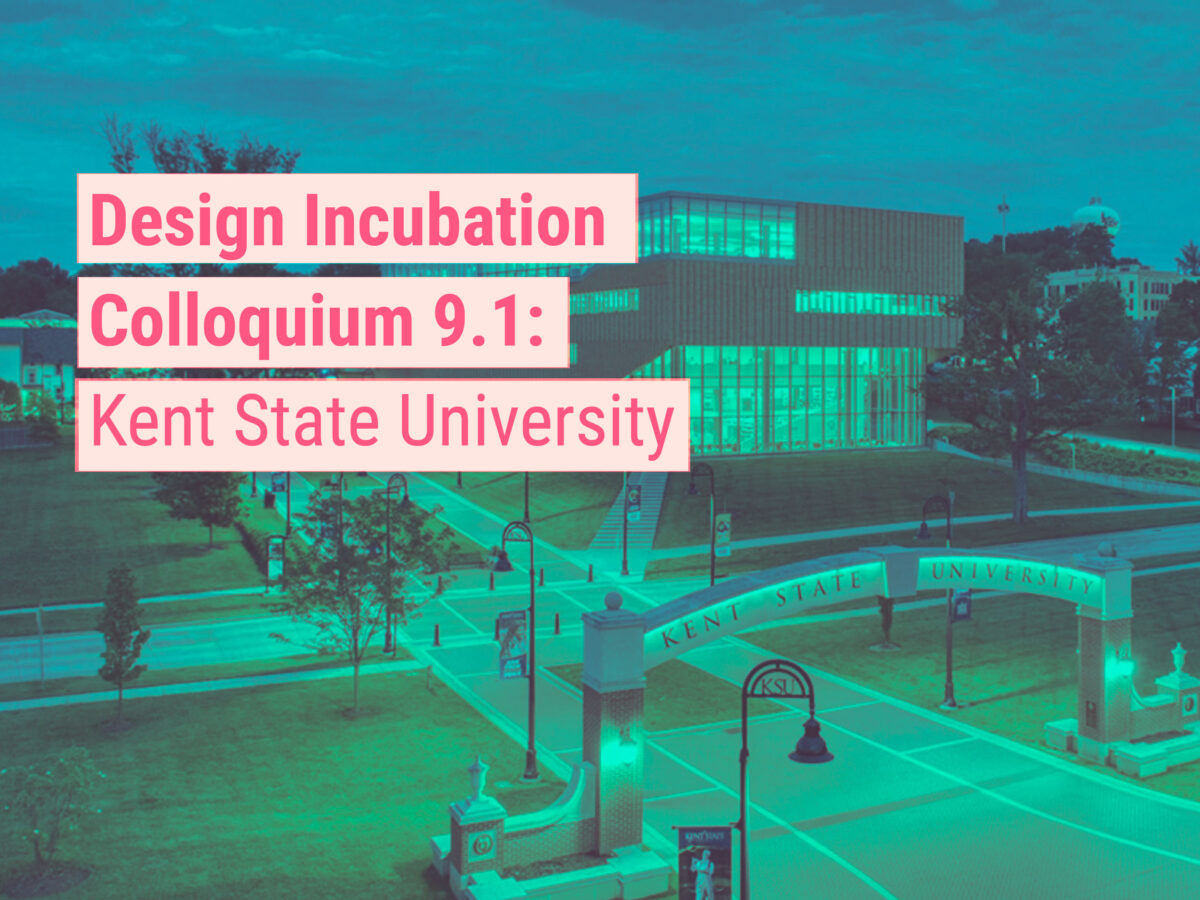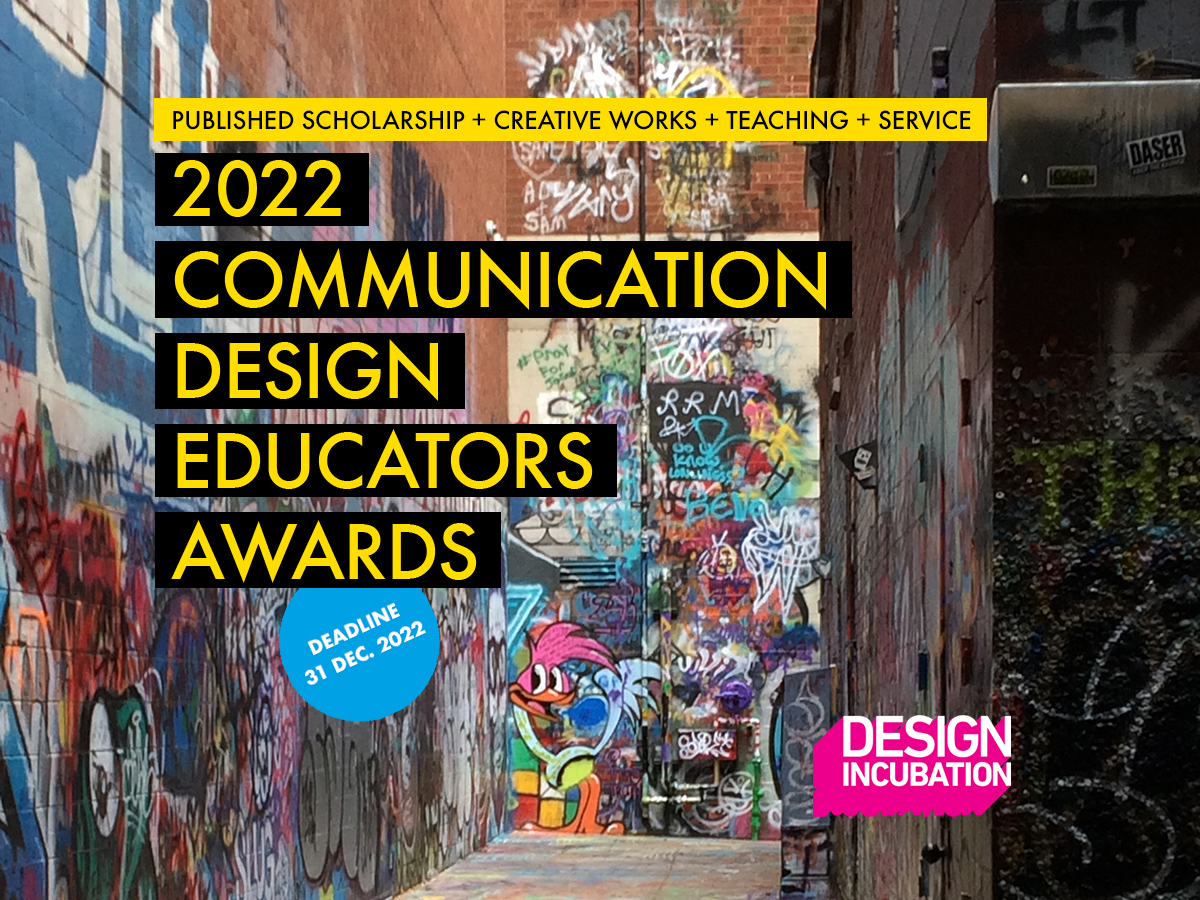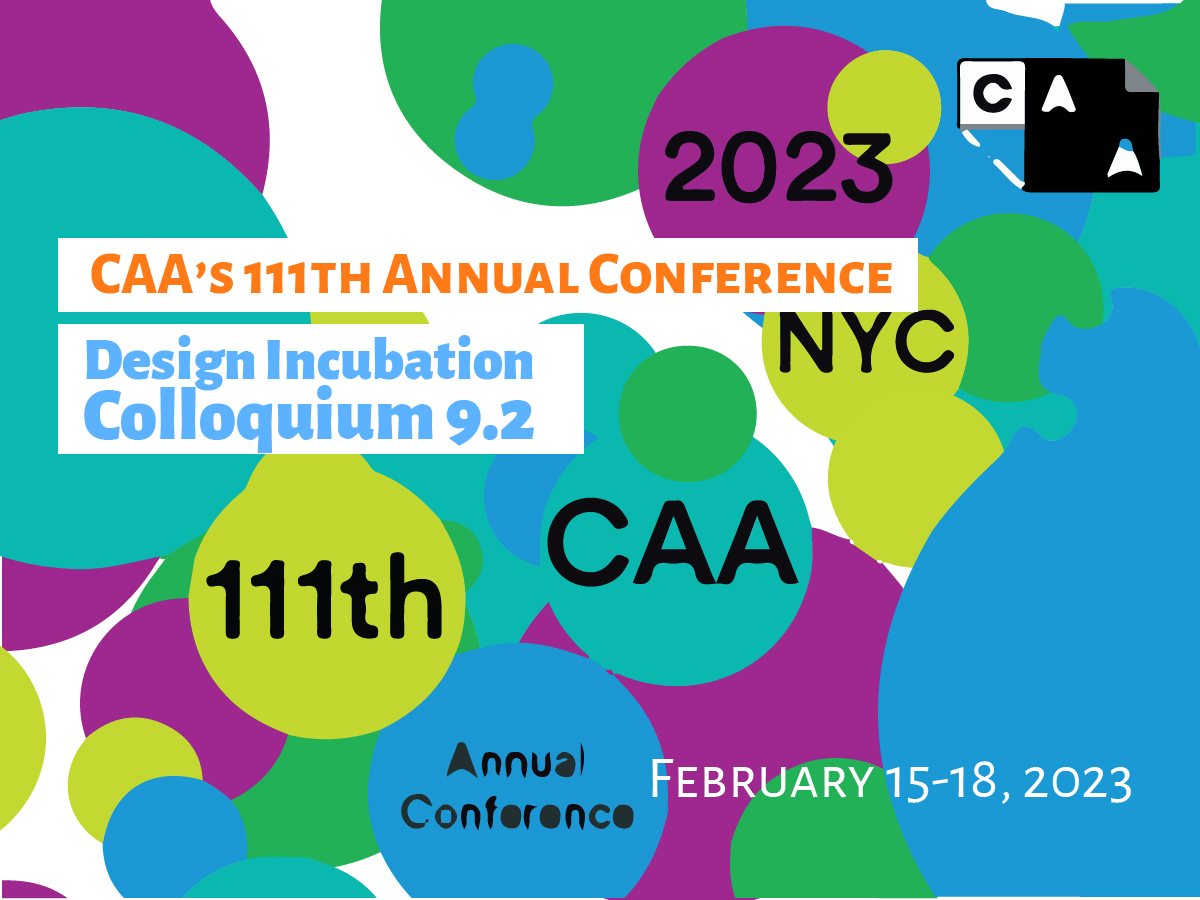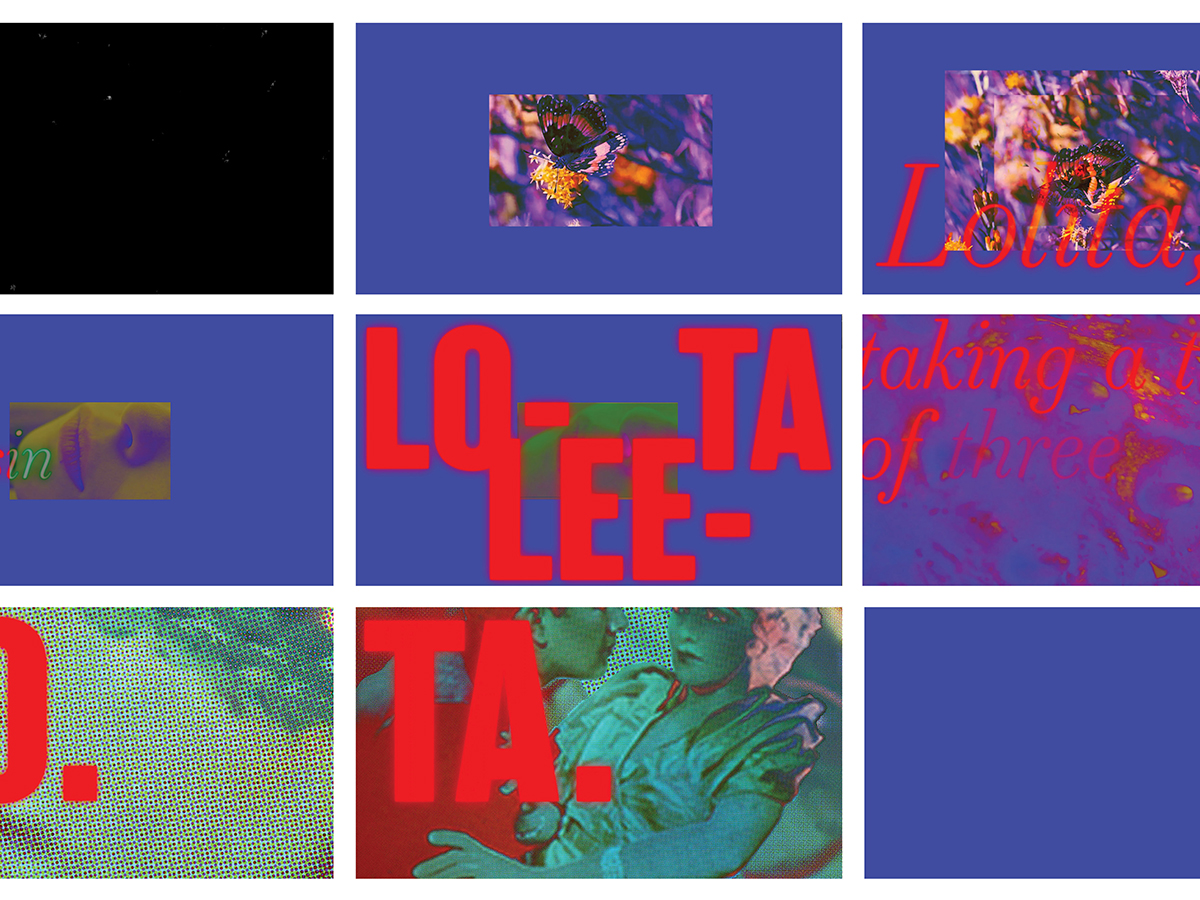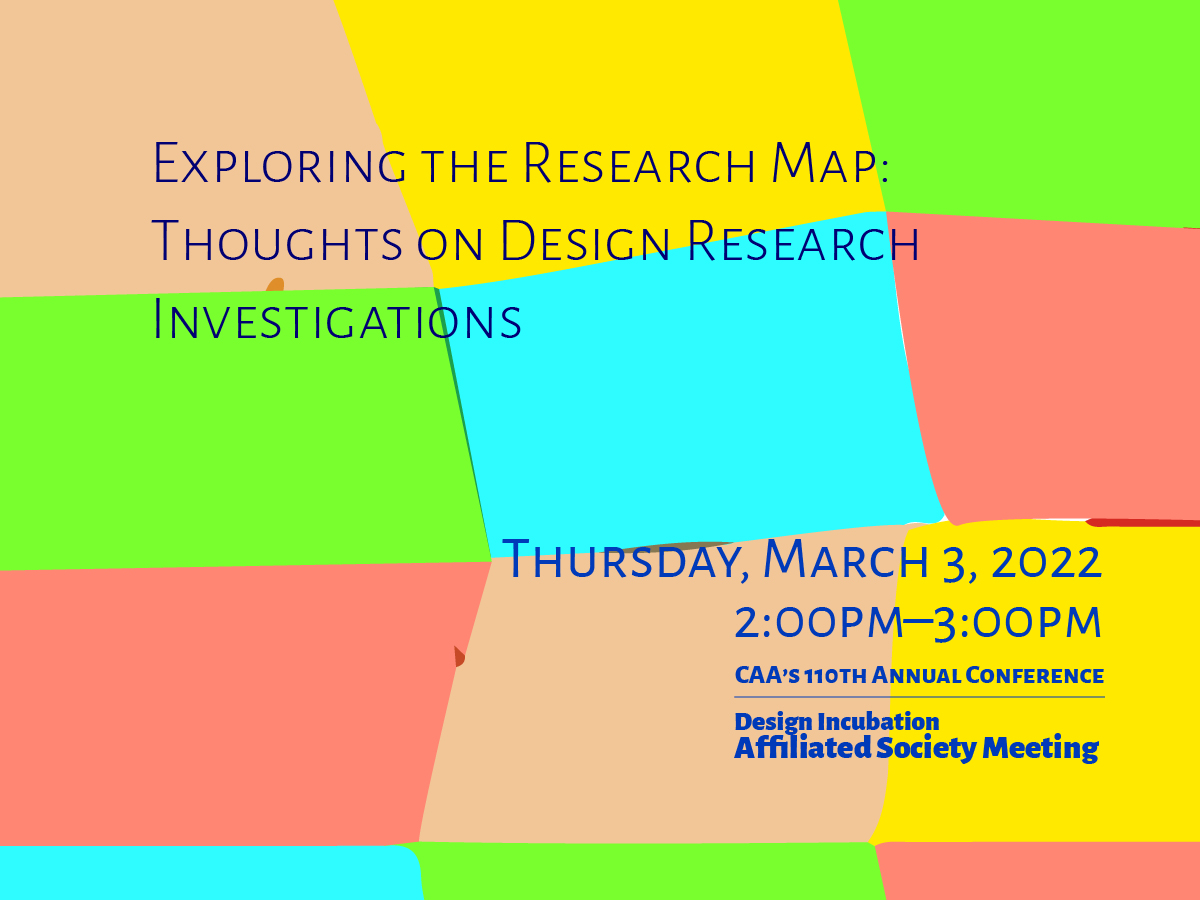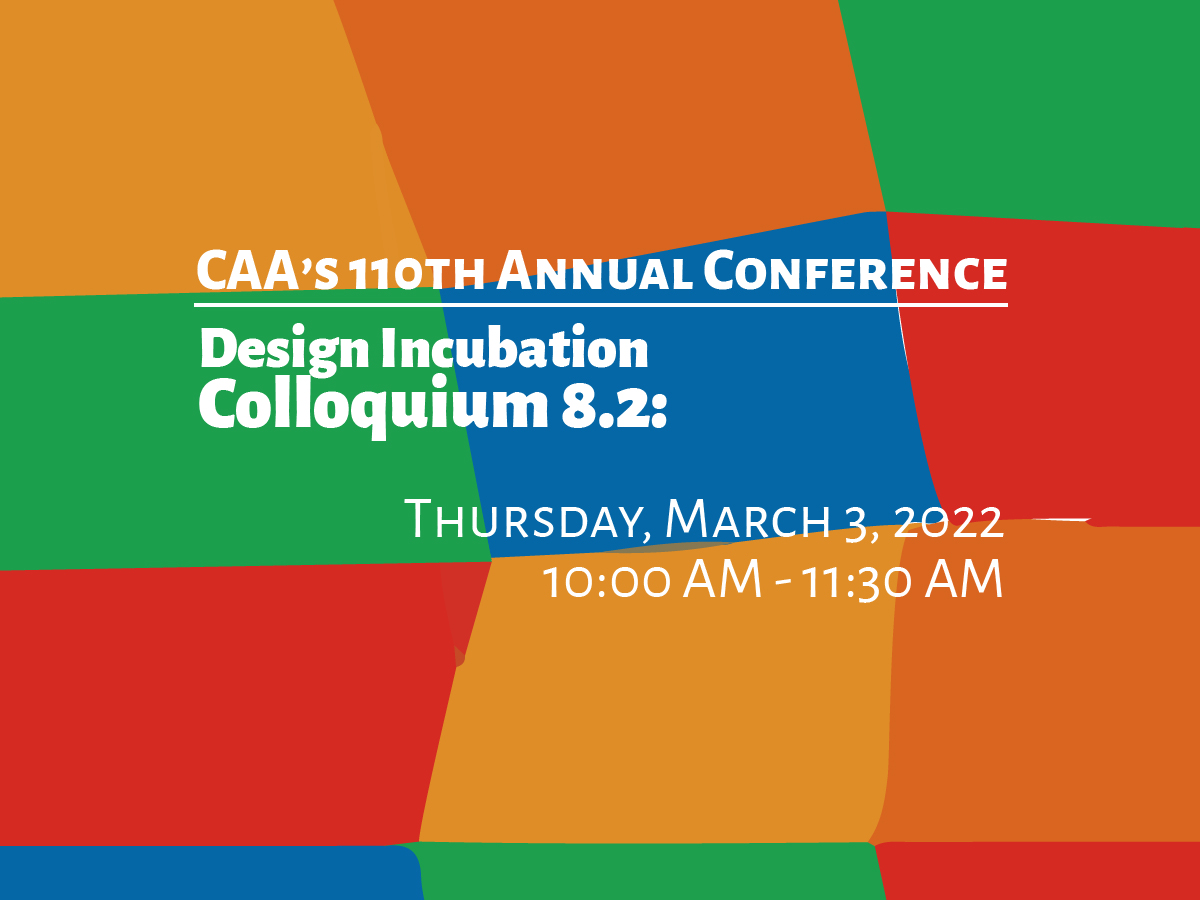Friday, January 27, 2023
2PM EST
Online ZOOM Event
Designing Your Research Agenda is a panel discussion and open forum for design scholars and researchers to discuss various aspects of their research agendas. We aim to open a dialog regarding multiple challenges of discovering one’s design research inquiry. Design Incubation will also be discussing some of their ongoing work with the mission and focus of supporting design research. Designing Your Research Agenda is an ongoing design research event series.
Some of the questions we will discuss with panelists include:
- How did you determine your research agenda (high-level timeline of your career/trajectory)
- How do you define research and why do you think it matters/for society, the field, and yourself?
- How do your department and institution define and support the work you do?
- How would you describe/categorize your department and institution?
- If you were going to position your work within a category, would you say your research addresses: design theory, design history, design practice, design research (traditional graphic design, speculative design, UXUI, typography, AR, VR, creative computing, design solutions, etc.), design pedagogy, or something else?
- What barriers (if any) exist at your institution or in the field for creating and disseminating your research?
PANELISTS
Kate Hollenbach
Assistant Professor of Emergent Digital Practices
University of Denver
Lisa Maione
Assistant Professor of Graphic Design
Kansas City Art Institute
Matthew Wizinsky
Associate Professor and Graduate Program Director
University of Cincinnati
PhD researcher, Carnegie Mellon University
Moderators
Jessica Barness
Kent State University
Heather Snyder Quinn
Washington University in St. Louis
Biographies
Kate Hollenbach
Assistant Professor of Emergent Digital Practices
University of Denver
Kate Hollenbach is an artist, programmer, and educator based in Denver, Colorado. She creates video and interactive works examining the language and vocabulary of user interfaces with a focus on user habits, data collection, and surveillance. Her art practice is informed by years of professional experience and as an interface designer and product developer. She has presented and exhibited work in venues across the United States, including the San Francisco Museum of Modern Art, SIGGRAPH, and INST-INT. Kate holds an MFA from UCLA Design Media Arts and a B.S. in Computer Science and Engineering from MIT. She is currently an Assistant Professor of Emergent Digital Practices at University of Denver and serves on the Board of Directors for the Processing Foundation. https://www.katehollenbach.com/
Lisa Maione
Assistant Professor of Graphic Design
Kansas City Art Institute
Lisa Maione is a designer, artist, and educator based in Kansas City, MO. Her research concerns the nature of the screen as a material agent that affects perceptions of histories, social economy, and the self in relation to others. As an interdisciplinary artist, she is interested in emphasizing the residue of memory through assembling and structuring relationships between objects. As a designer, she is interested in how to activate and enact “graphic design methods” outside of commercial exchange as a primary context. By displacing design-like methods into vulnerable states outside of capital and inside emotional visual vortexes, aberrations and distortions emerge and are made palpable as affective, productive output. Lisa is an Assistant Professor of Graphic Design at the Kansas City Art Institute. https://lisamaione.com/
Matthew Wizinsky
Associate Professor and Graduate Program Director
University of Cincinnati,
and
PhD Researcher
Carnegie Mellon University
Matthew Wizinsky is a designer, researcher, educator, and author on contemporary issues in design practice and research. He has over 20 years of professional experience in graphic, interactive, exhibition, and experiential design. He is an Associate Professor & Graduate Program Director in the Ullman School of Design at the University of Cincinnati, PhD researcher in Transition Design at Carnegie Mellon University, and Associate Editor for the oldest peer-reviewed design journal, Visible Language. He is the author of Design after Capitalism (MIT Press, 2022). https://mwizinsky.net/
#designhistory #designthinking #designpedagogy #designtheory #designresearch

